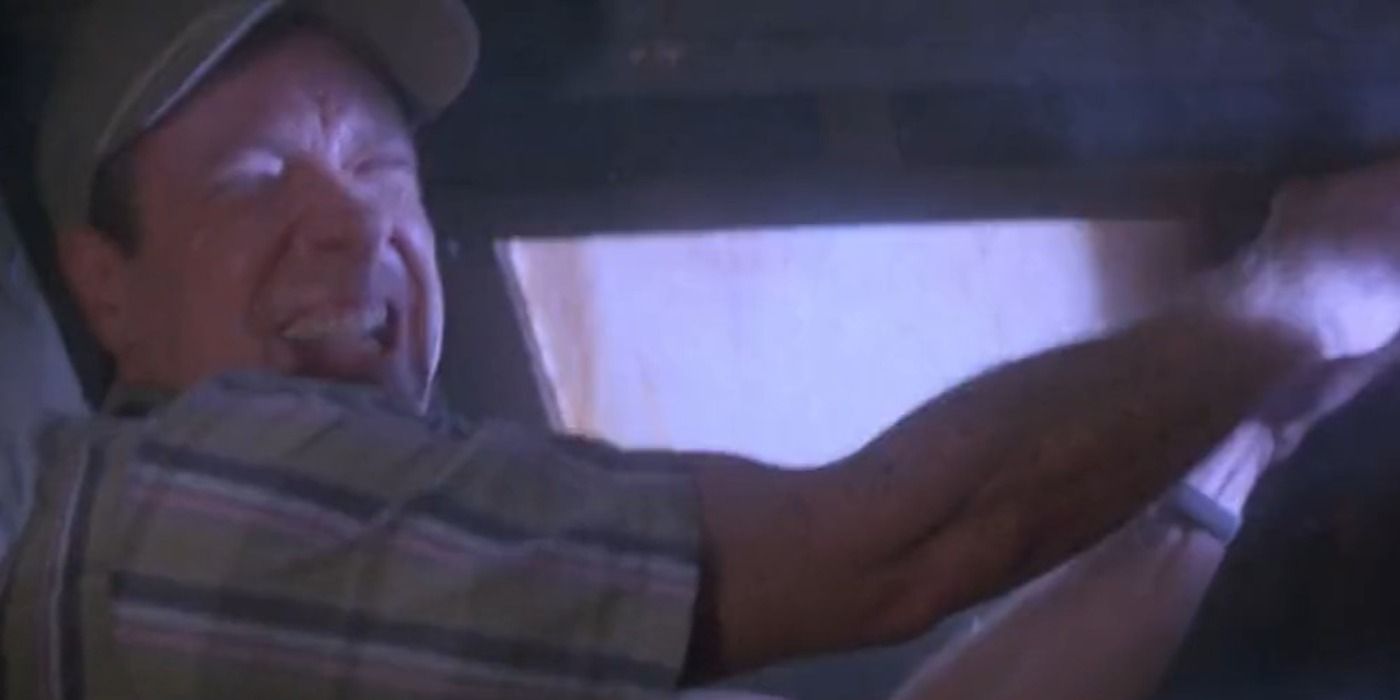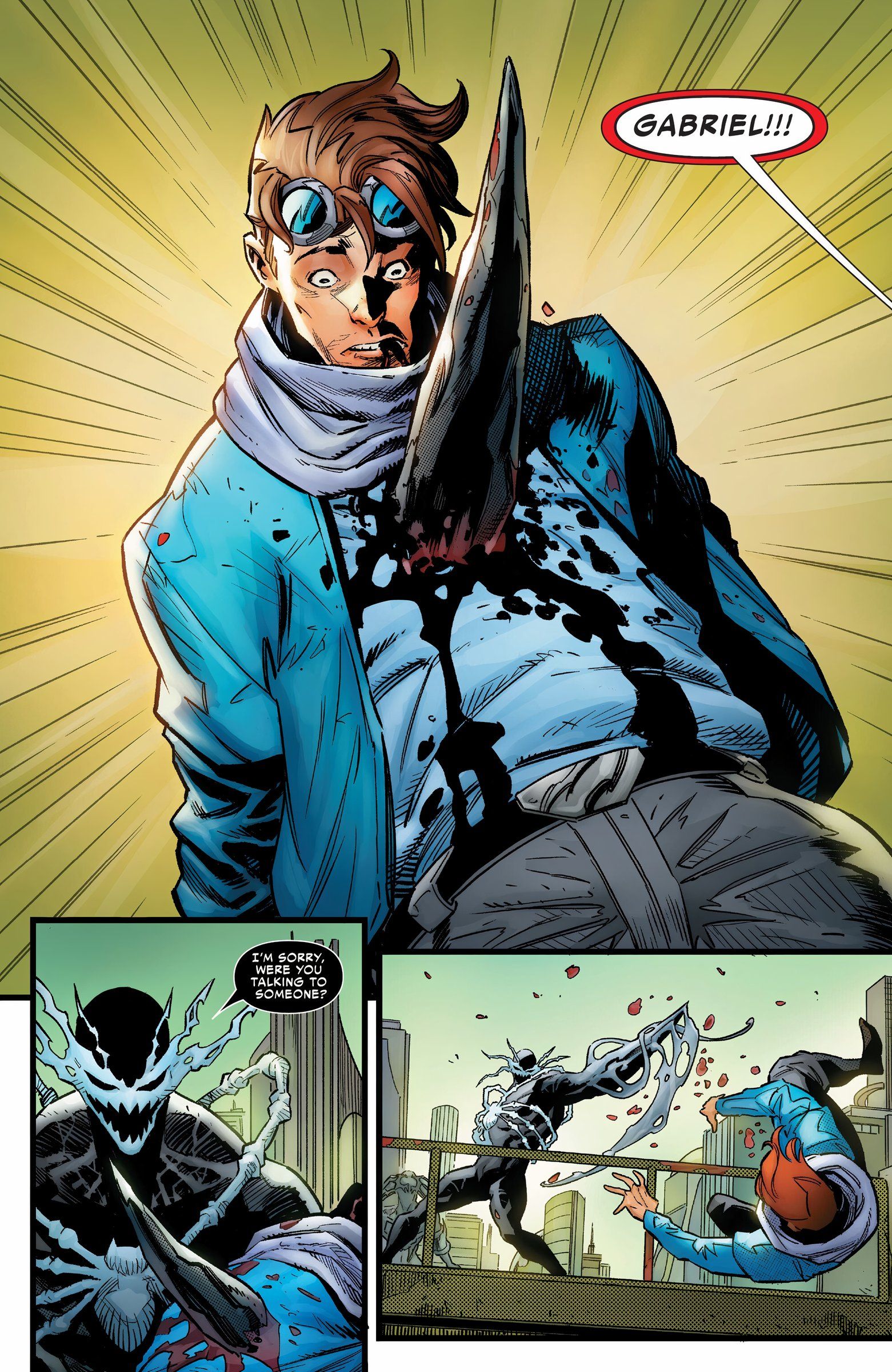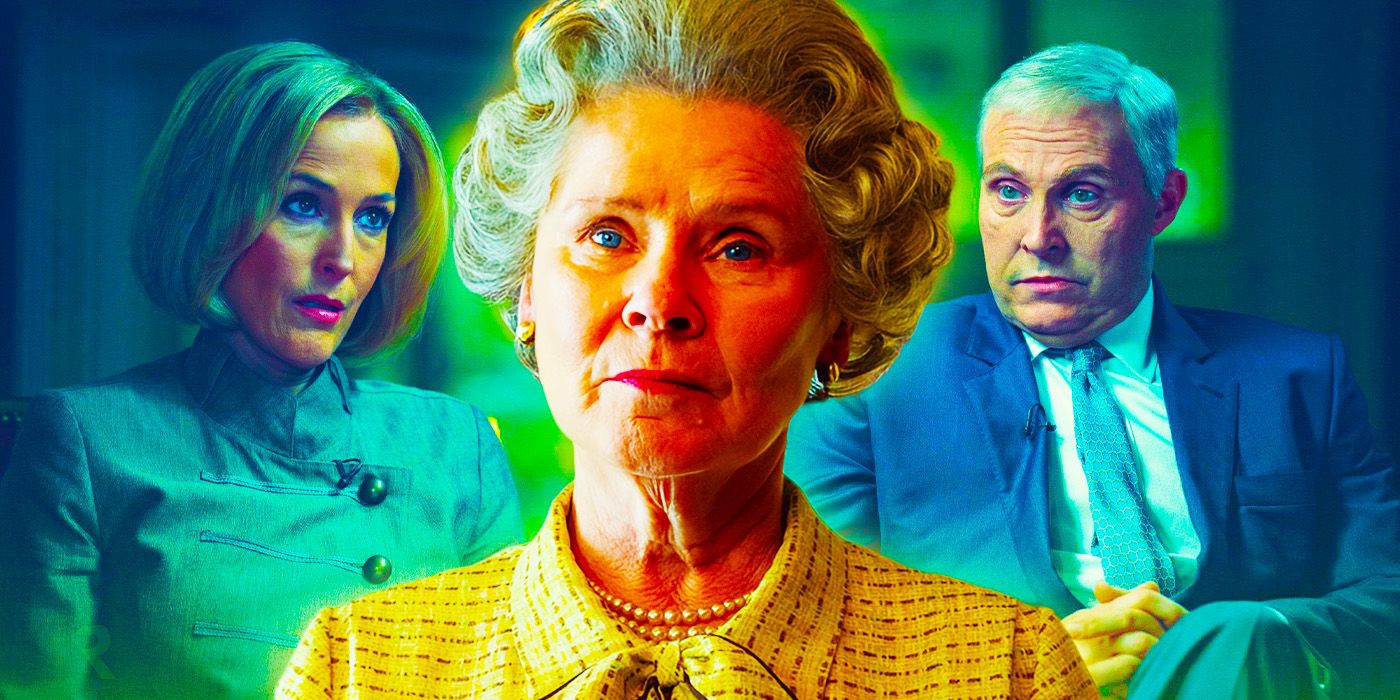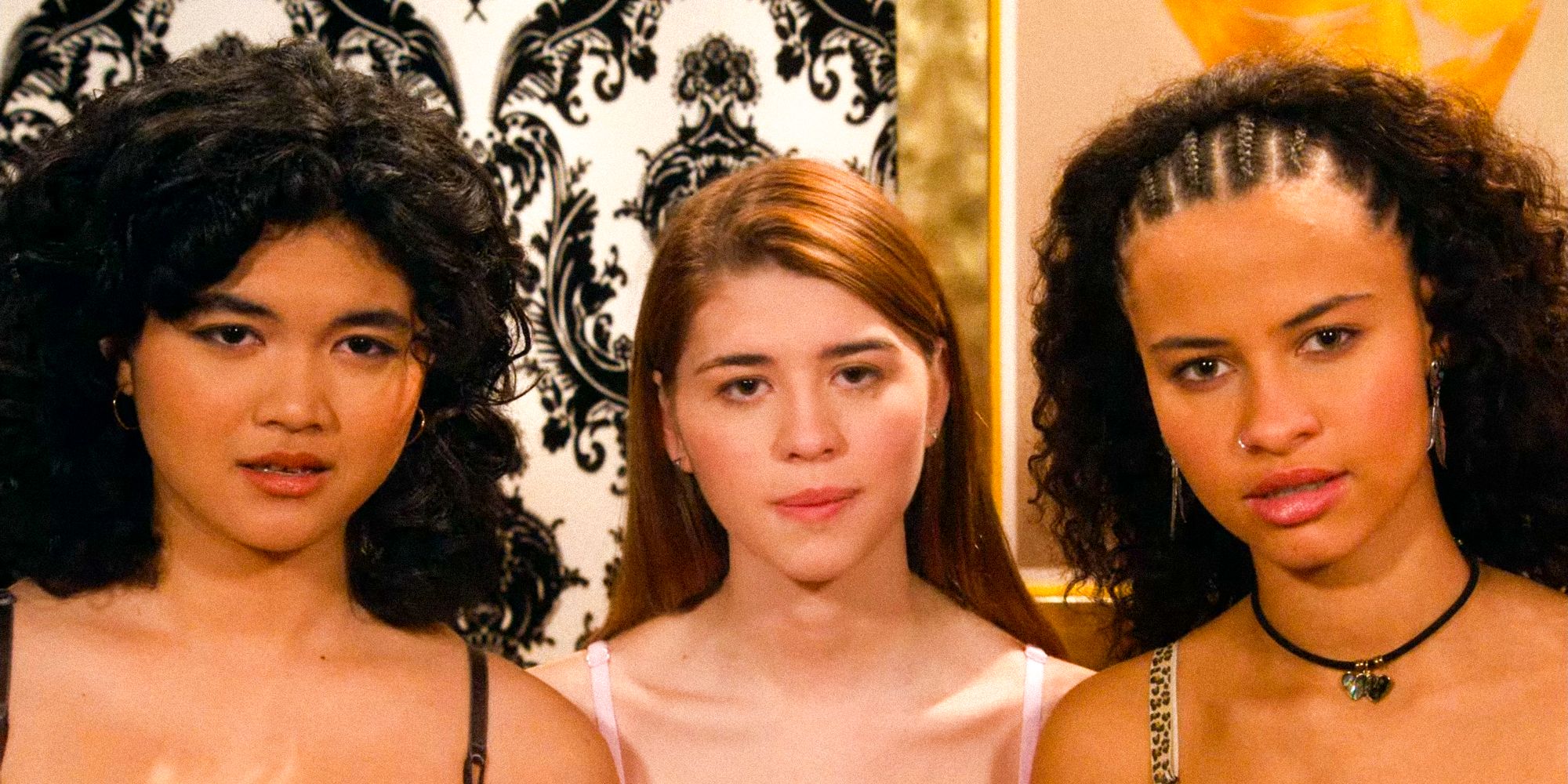Warning: This post contains spoilers for The Burial
The Burial ends with Jerry O’Keefe and Willie Gary winning the contract lawsuit case against the Loewen Group. Directed by Maggie Betts, The Burial is based on a true story and its setup is an old-fashioned one that pits a well-meaning man against a greedy business. The win is palpable, with Jerry, the owner of a funeral home and burial insurance business, essentially being awarded millions of dollars in punitive damages by the jury, and Willie delivering the final blow in a cross-examination of Ray Loewen himself.
Jerry was ready to call it quits. After all, he knew he wasn’t looking too good in front of the jury, and his previous lawyer Mike Allred was revealed to be the grandson of a KKK member. Having stepped back from the case, Willie took back the reins. With the help of Hal, who learned the Loewen Group was preying on the poor Black community in Hinds County, Mississippi through a deal made with the National Baptist Convention, Willie convinced Jerry to continue. After Ray Loewen takes the stand, Mame Downes tries to cut a settlement deal with Jerry and Willie, but Jerry refuses, ultimately winning the case shortly after.
The Burial’s Full Lawsuit & Outcome Explained
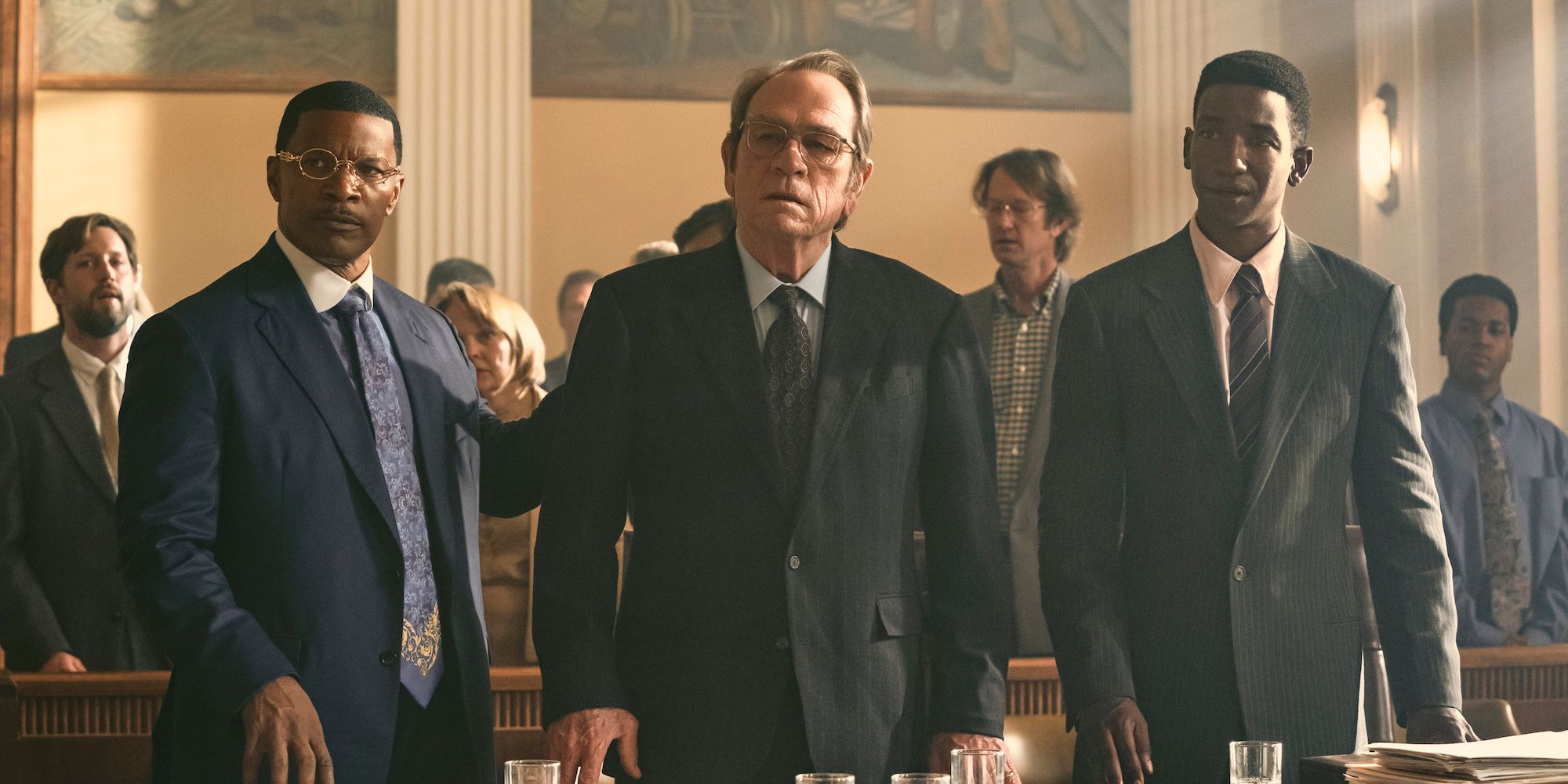
Jeremiah O’Keefe was in financial debt and his burial insurance had been suspended, so he needed money to help keep his funeral home business afloat. He also wanted to ensure the future of his 13 kids and grandkids; Jerry didn’t want to leave them without financial stability. It’s why Jerry struck a deal with Ray Loewen, who pledged to buy three of Jerry’s eight funeral homes. But since the contract wasn’t signed by Loewen himself, Jerry was left without the financial help he was promised. The Burial’s lawsuit stems from the contract being infringed upon by Loewen, who verbally confirmed the agreement.
The case was not only the breach in contract, since it was never signed, but the Loewen Group’s attempts to buy up Jerry’s full business for cheap by waiting things out and ultimately pushing Jerry toward bankruptcy. They were preying on him like they had so many others, and Jerry’s case revealed that in detail. Ultimately, Loewen argued that there was never any such contract in place, and Ray was sure his company would win the case because of that. The jury ultimately ruled in favor of Jerry because they saw the Loewen Group’s despicable ways, especially in how the company treated and exploited underserved communities for financial gain.
The Reason Willie Gary Stayed Loyal To Jerry’s Case
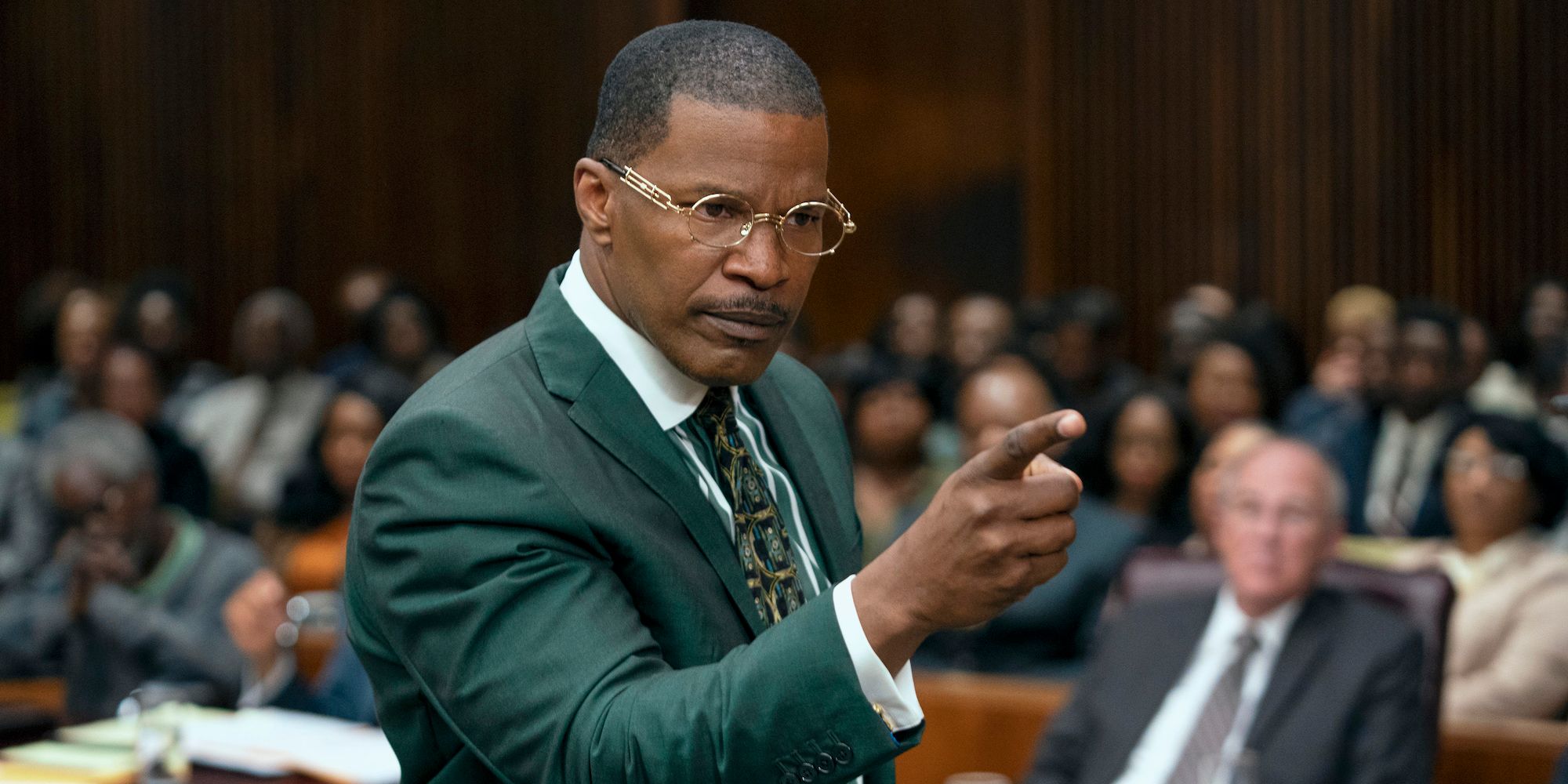
Willie Gary was hesitant to take on Jerry’s case. He was a personal injury lawyer who had no experience handling contract dispute cases, but he became invested in Jerry’s case for multiple reasons. Willie was well-known and had a reputation of winning every case. But the contract suit was too good to pass up; it had the potential to put Willie on the map as an attorney. There were many references made to the OJ Simpson case in The Burial, and Willie Gary wanted to be in the spotlight while working a big, public case. Taking on Jerry’s case was also a challenge, one that kept Willie on his toes.
What’s more, Willie could have left the case at any point. But beyond wanting to win, Willie saw a bit of himself in Jerry, who was doing the best with the little he had. Willie didn’t grow up wealthy; he was the son of a sharecropper and was screwed over by someone who had the power to do so before he became a lawyer to fight back. It wasn’t Jerry’s fault he was taken advantage of by the Loewen Group, and the more Willie got to know Jerry, the closer he felt to him, and the more personal the case became.
The Deeper Significance Of Jerry O’Keefe’s Contract Case
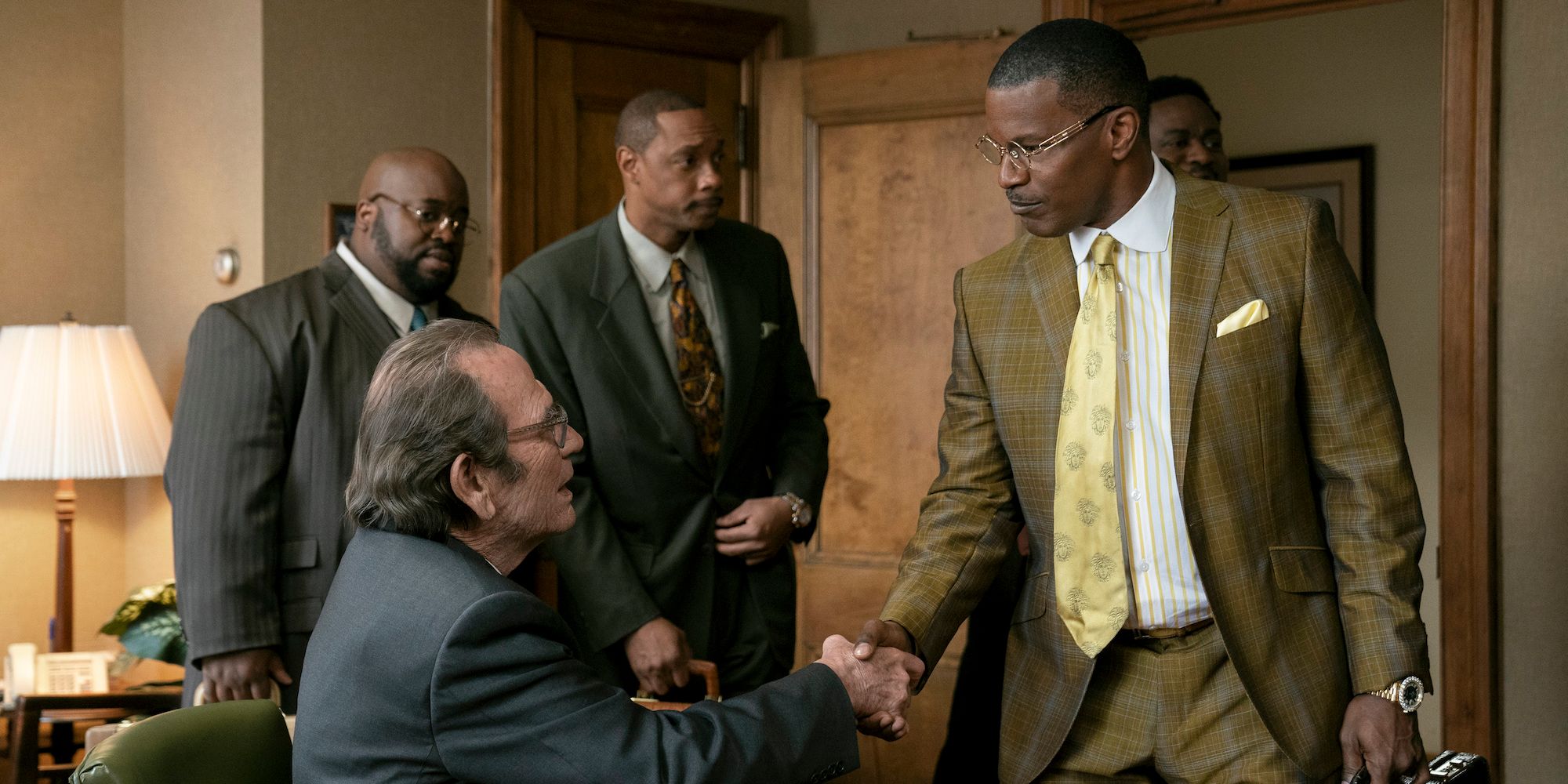
Jerry’s contract case was layered. At the end of the day, the case may have been personal for Jerry, but his win was a win for the community the Loewen Group had also taken advantage of before. The Burial’s lawsuit was essentially a David vs. Goliath situation — the underdog dared to go up against a multi-billion company and win. That hasn’t been the case historically, but Jerry’s lawsuit gave power to him and others who didn’t have any against a greedy corporation intent on exploiting Black people and others at their lowest points. A win for Jerry was a win for anyone who had ever been used for profit.
Why Willie Gary’s Coworkers Abandoned The Trial
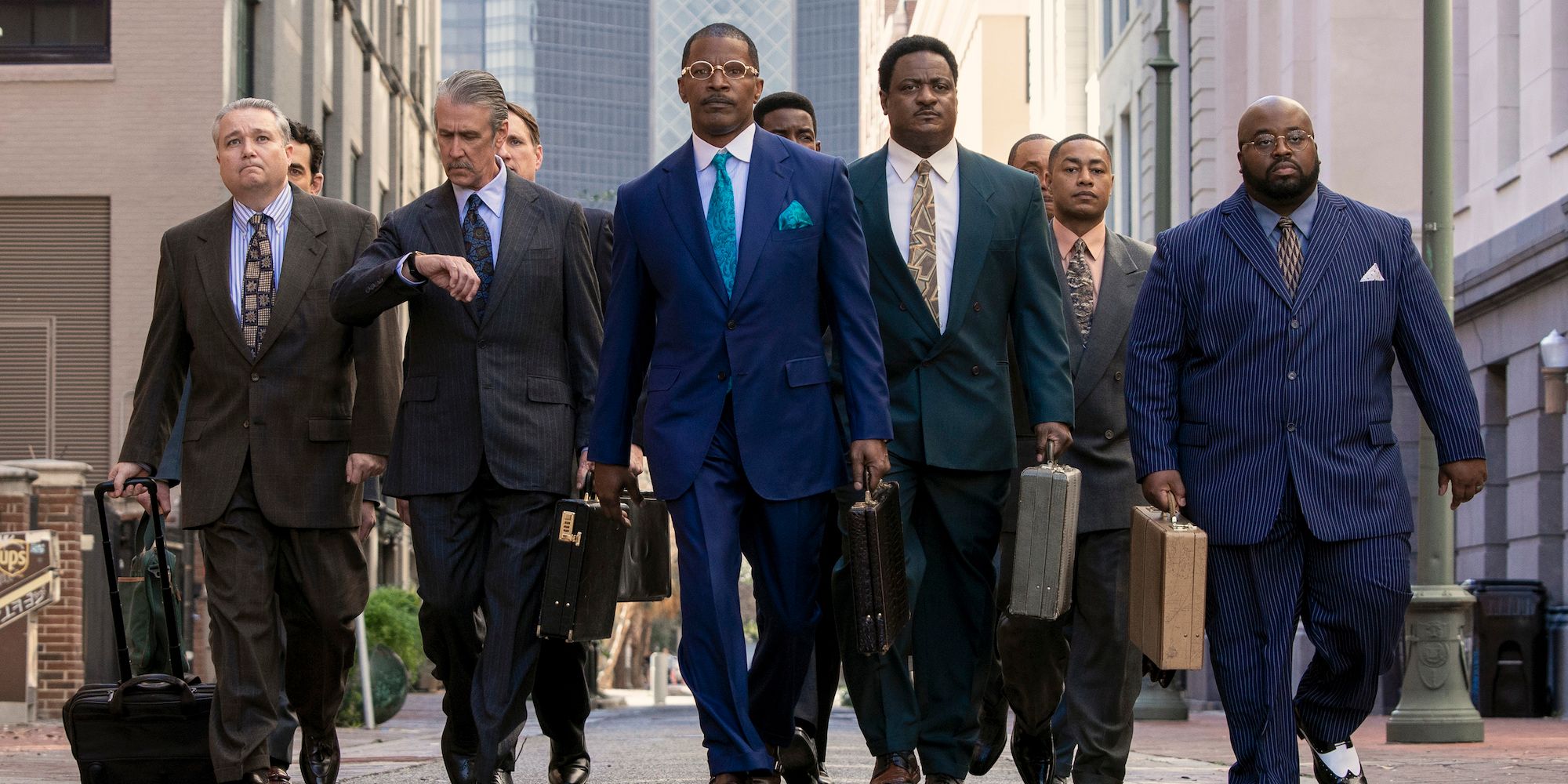
Willie Gary’s employees were frustrated with the way Jerry’s case was going; they were also angry about Mike omitting the fact that his grandfather was a member of the KKK. Willie’s team didn’t see the light at the end of the tunnel, and they were a bit irritated that Willie was so adamant about seeing the case through until the end when they didn’t see the point. The firm’s lawyers felt Jerry’s case was ultimately a waste of their time; they were used to winning, and the contract dispute was looking like a loss, so jumping ship — just as Jerry thought of doing at one point — was easier.
What Happened To Willie Gary & Jerry O’Keefe After The Burial
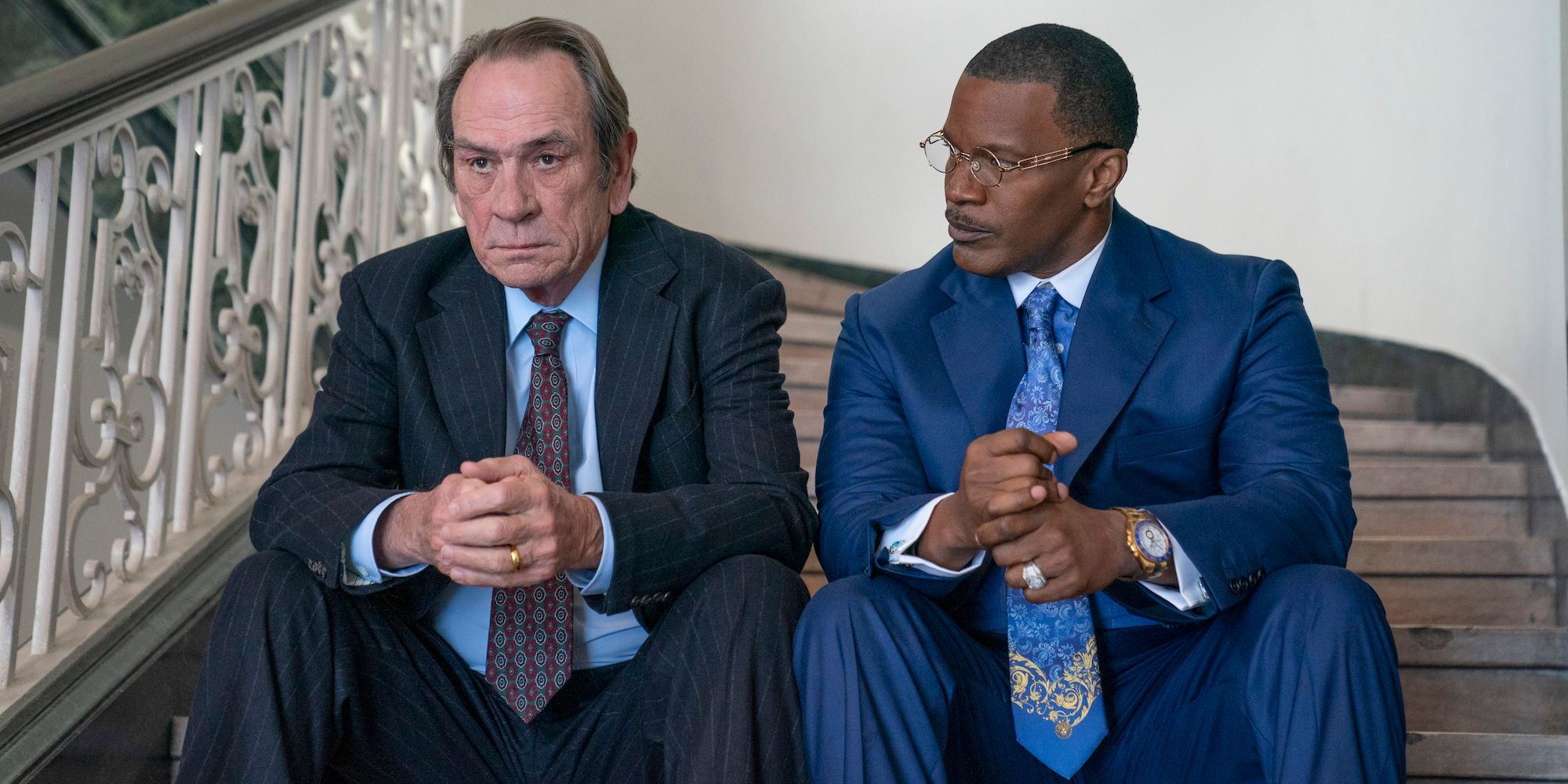
After The Burial’s trial, Willie Gary went on to become an even more successful and sought-after lawyer. Gary won cases against Walt Disney, in which the company was sued for stealing an architect’s sports-themed complex idea, and the R.J. Reynolds tobacco company for negligence (though it was later overturned). Jerry O’Keefe’s funeral homes stayed open and successful, and he continued living in Mississippi, where his funeral home business is one of the largest family-owned businesses in the state. Jerry died in 2016, while Willie is still alive. The pair stayed close after the end of the trial. And even though Jerry won, the case was settled for $175 million.
How Accurate The Burial Is To The Real-Life Story
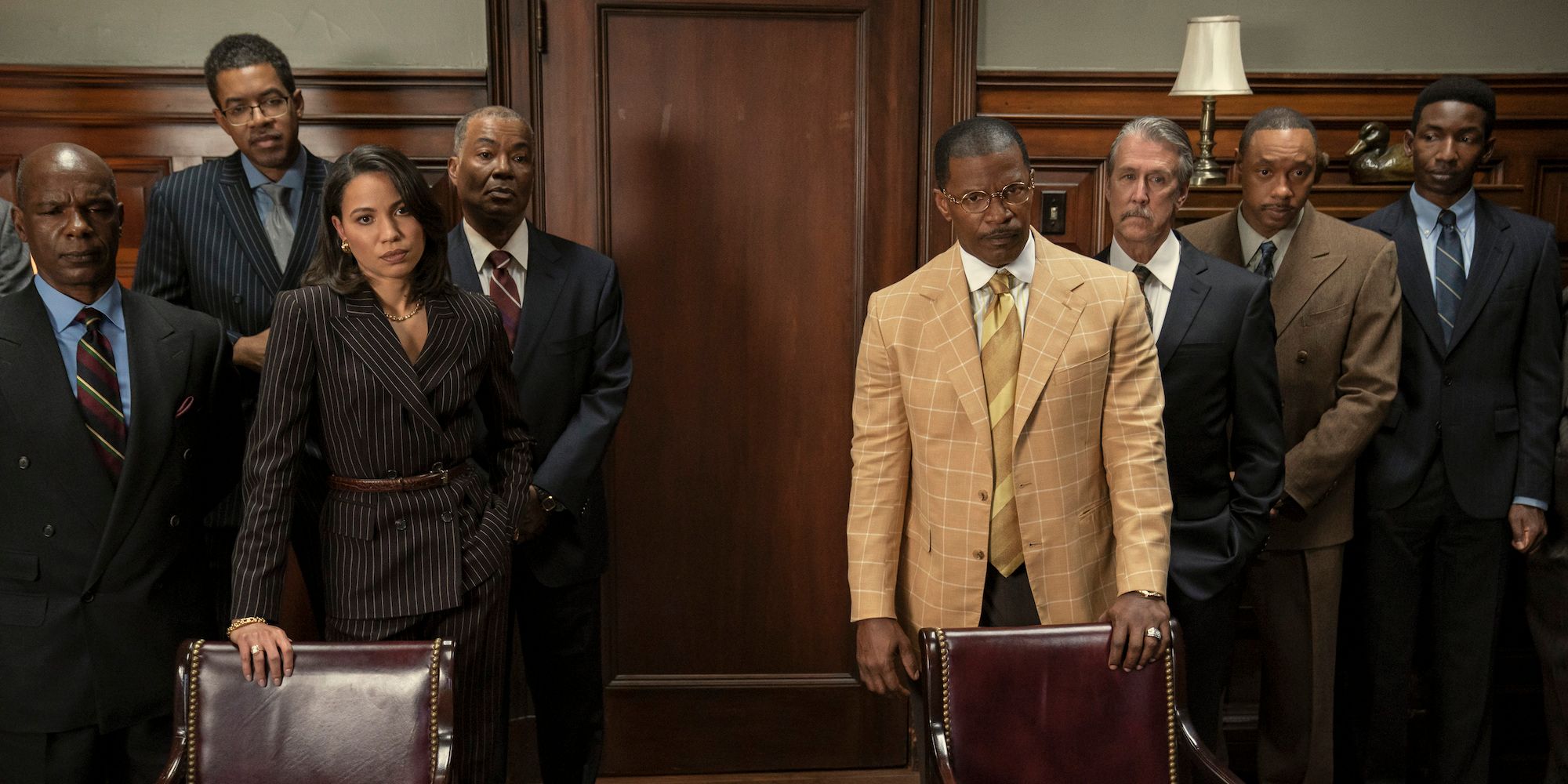
The Burial’s premise and the relationships at its heart are true to what happened, as is the spirit. The film includes a lot of facts from the real-life case, including the amount of money Jerry O’Keefe was awarded in punitive damages, and the appeal that came afterward, which resulted in a $175 million settlement payout to Jerry. But with any film that is “inspired by true events,” The Burial adds a few creative and fictitious flourishes. As an example, the scene where Jerry rejects Loewen’s settlement offer a few times didn’t actually happen.
Director Maggie Betts also threw in a few additional characters, including Reggie Douglas on Willie’s team (who was inspired by a real-life attorney), into the story that didn’t exist (via Time). While the story of a racist man who prevented Willie and his family from living in an apartment they were promised was true, Jamie Foxx’s version of the character (as well as his wardrobe) were a tad exaggerated compared to the real-life person Gary. Meanwhile, the scenes of characters discussing how the Loewen Group preyed upon them were not real, but they were based on the truth of victims affected by the Loewen Group’s deal with the NBC.
What The Burial also doesn’t show is the initial settlement process that occurred between Jerry and the Loewen Group. Before Jerry’s case went to trial, the Loewen Group had agreed to settle in 1991 after Jerry initially sued them for breach of contract. However, the company never followed through on the settlement, with Ray Loewen refusing to pay $125 million to Jerry, which eventually led the case to go to court.

